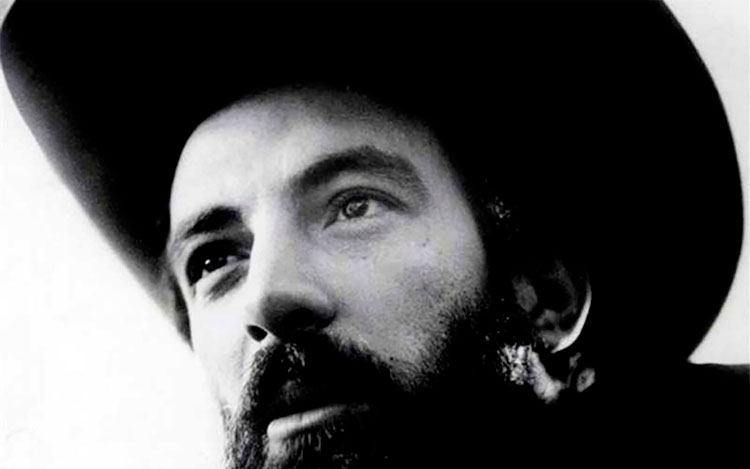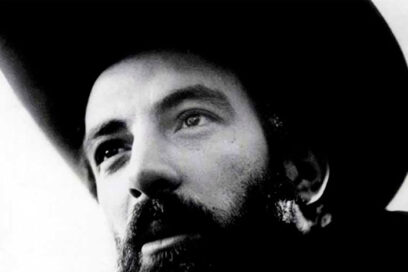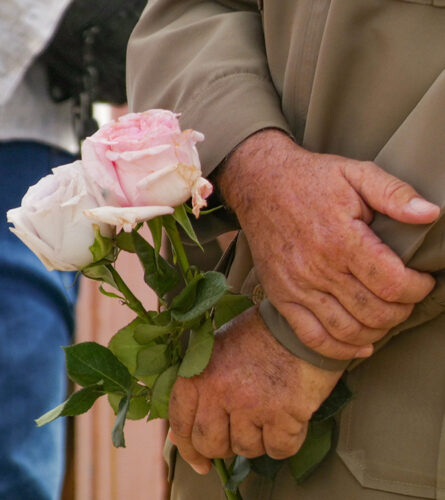Fidel Castro once said: «There are many Camilos in the people,» and it is true. You can see it in the children who learn every day to be good men; in the worker who, despite the setbacks, struggles to be better every day; and in the single mother who does not surrender to anyone and is capable of jumping mountains for her own. Camilo Cienfuegos is more than history, he is a man.

Great are the anecdotes that remember the giant, not by chance Che said: «Camilo was the companion of a hundred battles, Fidel’s man of trust in the difficult moments of the war and the selfless fighter who always made sacrifice an instrument to temper his character and forge that of the troops, Camilo was Camilo, lord of the vanguard, complete guerrilla who imposed himself through that colorful war he knew how to make».
Those who knew him fondly remember him as a likable model of great humility and rebelliousness. His life was short, but his accomplishments were many. Born on February 6, 1932, in the Lawton neighborhood of Havana, he was the youngest son of a Spanish immigrant couple. His father, Ramón Cienfuegos, confesses that «Camilo was a cheerful, merrymaker, sociable child. But in telling you this, I also want you to know that when the moment called for it, he was very serious.
A brave man, he was involved in the struggles against dictatorship and oppression from a very young age. Thus began his revolutionary period, full of popular protests, for example, in 1948 he joined some protests against the increase in the price of the bus. On April 1, 1950, he began working in the El Arte tailor shop, located on Reina Street, between Angeles and Amistad, in Havana. A curious fact, he tells that he did not like to have debts, so in a letter sent to the owners is recorded his high sense of responsibility and honesty: «Attached to these lines, I send you the amount of $ 153.56 in this house, «Sastrería El Arte», I made in the time I was employed there, and once this operation is done, I can feel truly calm, knowing that the stain on my name weighed materially is erased.
The dictatorship of Fulgencio Batista was the scenario in which he stood out the most, causing him to be registered by the repressive organs in 1954, forcing him to leave the country and travel to the United States. His spirit did not die. Deported to Cuba in 1955, he joined the student struggles and, after being wounded in a demonstration, he decided to return to America and, in New York, he joined the revolutionary opposition in exile. There he met Fidel and began what would become a great friendship.
Camilo was part of the expedition of the Granma yacht. Already in the Sierra Maestra, after the disembarkation, he would be part of the José Martí Column No. 1, together with the Commander-in-Chief. His excellent skills made him one of the most important fighters of the rebel troops, for which he was promoted to lieutenant in 1957 and, some time later, to commander of the rebel army. At the head of Column No. 2, together with Che, who led Column No. 8, he began the invasion of the West to strike the final blow against the dictatorship. Because of his attitude and his success in taking the city of Yaguajay, the people identified him as the hero of Yaguajay. Camilo arrives in Havana with Che on January 2, 1959, after the revolutionary triumph.
A comrade who fought with him and was part of his column, once the guerrilla leader asked him: What did they tell you about the communists? That they are bad, and Camilo replied: And when you see a communist fighting with us, what do you think he is fighting for? He pauses, thinks and replies: for the good of the people; ah, then they are not as bad as they tell you, Camilo affirms.
The defense of the homeland was his goal, his ideal, his principle, and he did not stop until he had achieved victory alongside his comrades. On one occasion, when he went to the Cerro stadium with the leader to participate in a challenge, the idea was raised that the guerrillas should play in the two ninth teams in a division that would give a lot of vitality, to which he responded like a thunderbolt: «That I integrate a ninth team against Fidel? No way! I’m not even in the game against Fidel!
Months after the revolutionary triumph, his decisive contribution allowed the consolidation of the Cuban revolutionary process. He fully carried out each of the responsibilities and missions entrusted to him, participating in several events as a leader of the Revolution and contributing with his lively words to the political education of the people. He will always be remembered for his heroic deed on October 28, 1959, in Camagüey, when he returned to the capital in a light plane, in what was to be his last battle and where his unfortunate physical demise took place.
The life and work of the man of a thousand anecdotes has been written in the history books of a country that remembers him every 28th, pays tribute to him in perpetuity and feels itself the faithful perpetuator of his work. The verses that Bonifacio Byrne dedicated to the Cuban flag in his last speech are the living testimony of how much he loved his country and his people, in which he stated that «as high and firm as the Sierra Maestra was at that time, was the glory, the dignity and the courage of the Cuban people». The leader is not dead, he lives in the heart of his people.



